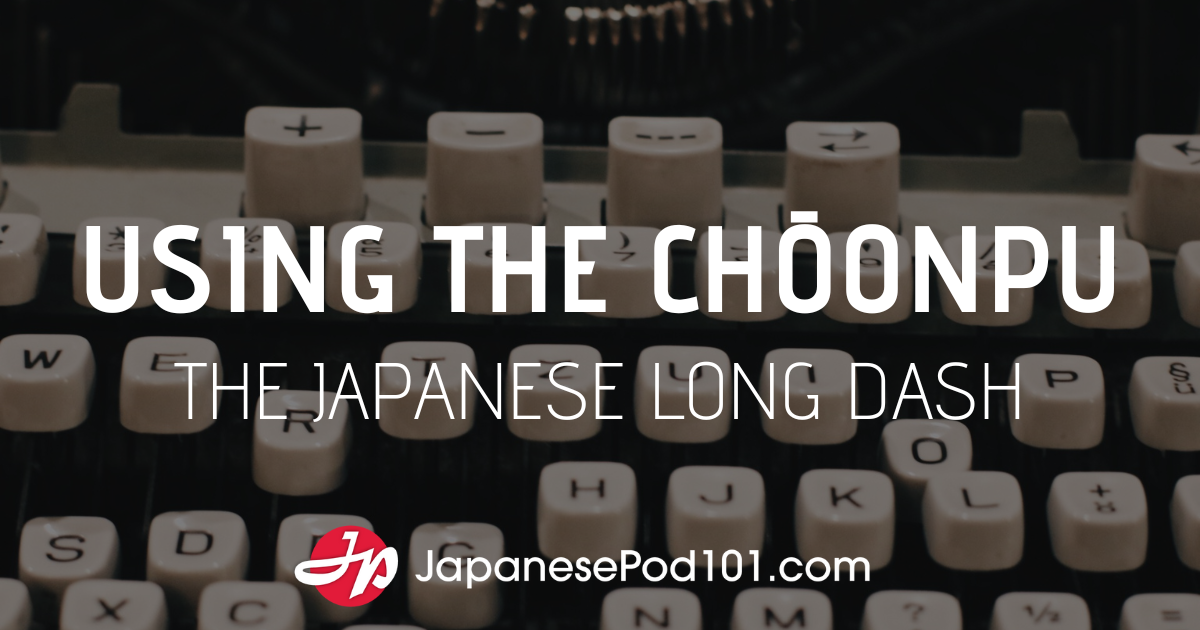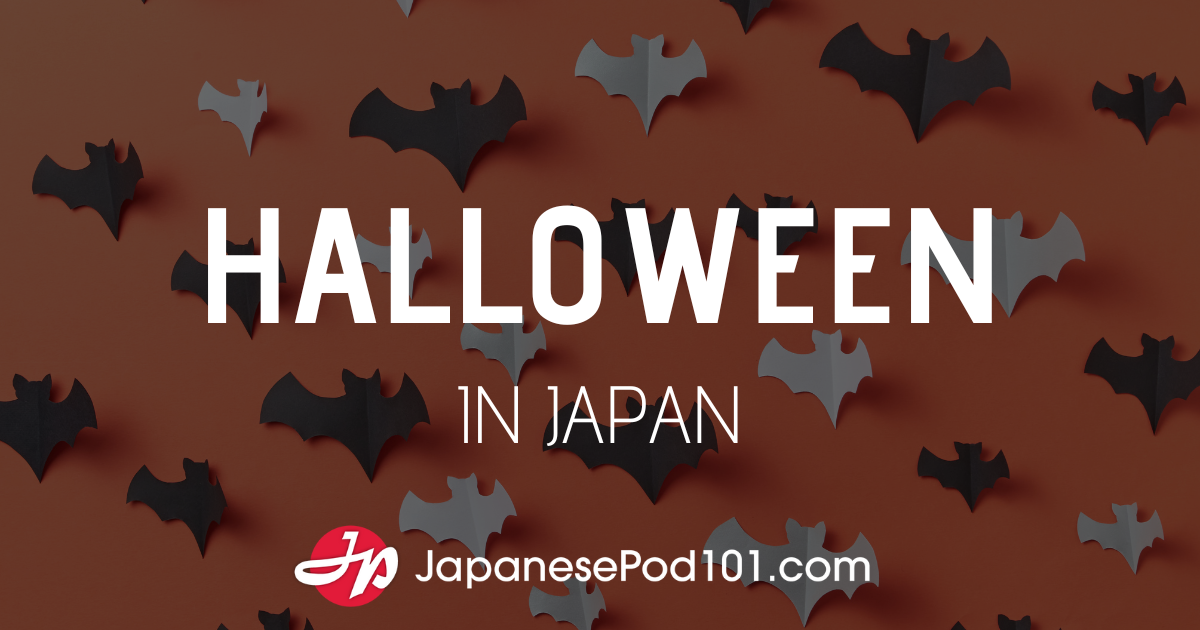Archive for the 'Kanji Curiosity' Category
June 27, 2008
So Long: Part 1
Quick Links
Welcome to Kanji Curiosity | The Basics | Glossary
Welcome to summer! With the longest days upon us, it seems fitting to take a look at the character for "long":
長 (CHŌ, naga(i): long)
This kanji can also mean "chief, head, leader," but today, for the most part, I'm only interested in its length. I love how 長 elongates the following things in the most charming of ways:
穴 (ana: hole)
長穴 (naga-ana: slot)
円 (en or maru: circle) 長円 (chōen: ellipse, oval)
靴 (kutsu:... Show more
June 20, 2008
Disturbing the Peace: Part 3
Quick Links
Welcome to Kanji Curiosity | The Basics | Glossary
When you feel uneasy, where do you sense it in your body? Perhaps you feel "butterflies" deep in your belly. Maybe you become lightheaded. You could even get cold feet!
Two Japanese expressions about uneasiness make use of a kanji we've seen for two weeks running:
騒 (SŌ, sawa(gu): clamor, noise, disturbance; to make a fuss)
Both expressions locate uneasiness in the chest:
心騒ぎ (kokoro sawagi: uneasiness) heart + disturbance
One could see this expression as referring to a disturbance in the heart. Or given the many meanings of 騒, one could interpret 心騒ぎ as noise in the heart! Not an ear-splitting noise, of course. Rather, it might... Show more
June 13, 2008
It’s a Riot: Part 2
Quick Links
Welcome to Kanji Curiosity | The Basics | Glossary
How odd it is that "She's a riot!" means someone's funny. English speakers even say that something's "riotously funny." I've never been to a riot, but from the photos I've seen, nothing amusing happens at such events.
Riot After an Election
Photo Credit: Daniel Meyer
In Japanese, too, there seems to be a fine line between riots and merrymaking. Take this word, for instance:
騒乱 (sōran: riot, disturbance) clamor + disorder
Last week we saw how 騒 (SŌ, sawa(gu): clamor, noise, disturbance; to make a fuss) plays a part in 大騒ぎ (ōsawagi), which means "shocking events." Now we see that in 騒乱, the same kanji helps to cause a riot.
... Show more
June 6, 2008
Making a Fuss: Part 1
Quick Links
Welcome to Kanji Curiosity | The Basics | Glossary
Here's a quiz for you. If you combine a horse and an insect, what do you get?
A fly on a horse?
Flies
Photo credit: Erin Tyner
A fly's view of a horse?
View of an Approaching Fly
Photo credit: Bill Adams, HawaiiToday.com
A horsefly?
Horsefly
Photo credit: Mike Keeling
A horse that flies?
Actually, it's none of those. I was just playing with you. Horsing around, you could say. OK, let me rephrase the question and give you slightly more legitimate choices. If you combine a horse and an insect, what new animal do you get?
1. a bird
2. a wolf
3. a rabbit
4. a cow
With most quizzes, I give the instant gratification of an... Show more
May 31, 2008
Threads of a Furoshiki
Quick Links
Welcome to Kanji Curiosity | The Basics | Glossary
Recently, when I logged onto JapanesePod101.com to listen to some podcasts, a photo with big, bold, striking kanji stopped me in my tracks.
The lesson was about 過労死 (karōshi), "death by overworking," but none of those kanji appeared in the photo. I knew 残業 (to remain + work) as zangyō, "overtime." And I knew 風 (FŪ, kaze) in several ways, often having to do with wind. But how did 風 factor into overtime? And what was 呂敷?
What Does サービス Mean Here? ...
Because the characters appeared in a photo, I couldn't copy and paste them into Breen, and somehow all other methods of kanji investigation failed me. What would the radical of 呂 be? It couldn't be 口, could it?... Show more
May 23, 2008
Jumbles: Part 3
Quick Links
Welcome to Kanji Curiosity | The Basics | Glossary
One might think of a jumble as a negative thing: a massive ball of knotted string that takes forever to untangle, a scrambled mind that keeps nothing straight, a mess of feelings and problems that you can't sort out, a messy house where you can't locate what you need.
But there are also positive jumbles, and for some reason (hunger?!), I can mostly think of examples related to food: an appetizer sampler plate, variety packs of candy bars for Halloween, a stew. In fact, when you cook and mix things together, a jumble is often the goal.
Hence the Term "Jambalaya"? ...
Chaos of Color, the Big Hodgepodge
Photo credit: © John W. Hammond
Kun-kun 混 combinations... Show more
May 17, 2008
An Appealing Disorder: Part 2
Quick Links
Welcome to Kanji Curiosity | The Basics | Glossary
Do you think of Old Japan as an orderly or disorderly place? My gut reaction is to think of orderliness: the constant cleaning of already spotless houses, the exquisite presentation of shōjin ryōri (精進料理: vegetarian Buddhist food served at temples, meticulous + to offer + cuisine (last 2 chars.)), the dainty washi wrapped around purchases, and the minute attention to detail in the tea ceremony.
And yet kanji calligraphy tends toward chaos! Only highly trained practitioners can read the flowing lines. And there's the matter of twisting, narrow roads in Tokyo and how easy it is to get lost there, with the unclear or nonexistent indication of streets and building numbers.... Show more
May 9, 2008
The Swirling Waters of Confusion: Part 1
Quick Links
Welcome to Kanji Curiosity | The Basics | Glossary
When I came upon the compound 混沌 (konton: confusion, chaos, disorder), I couldn't fathom why this word had taken on so much water (). I wondered whether the moisture had anything to do with the "swirling waters of confusion" to which English speakers refer. As it turns out, yes! Check out some of the meanings of these kanji (the second of which happens to be rare):
混: confused
沌: swirling water, to be blocked, primeval chaos
Primeval chaos?! Burbling bodies of water must have terrified some early people!
Swirl
Photo credit: Ray Byrne
Henshall says that 混 originally referred to water rushing and swirling with no fixed course, as in a flood. Then "confused... Show more
May 2, 2008
Tale of the YAKU: Part 3
Quick Links
Welcome to Kanji Curiosity | The Basics | Glossary
In English, "tail of the yak" and "tale of the yak" both make sense but mean very different things. This is nothing compared with the profusion of Japanese homonyms. When you type YAKU in hiragana and convert it to kanji, any of the following characters could pop up, as all have the on-yomi of YAKU:
約 (to promise, shrink, about)
訳 (to translate)
薬 (medicine)
役 (service, serviceability)
厄 (misfortune)
躍 (to leap)
疫 (epidemic)
益 (benefit, profit)
This leads to a plethora of homophonous YAKU compounds.
There are three more types of yaku:
焼く (to burn, roast, grill, bake)
In this case, ya(ku) is the kun-yomi. Some compounds include the kun-yomi of... Show more
April 25, 2008
A Kanji Like an Accordion: Part 2
Quick Links
Welcome to Kanji Curiosity | The Basics | Glossary
Last week we saw how the 約 in 約束 (yakusoku: promise, promise + to bind) can imply a binding contract. I don't usually associate contracts with any sense of contracting, which is to say "shrinking." But just as "contract" has these two meanings, so does 約, strangely enough.
"Contract" in English (and Latin) ...
In fact, Halpern says that "shortening" is the original meaning of 約. When does 約 convey a sense of shrinking? I can think of no better example than this one:
括約筋 (katsuyakukin: sphincter) to constrict + to shrink + muscle
Oh, come now. There are several sphincters in the body!
What's With the Breakdown of 括?! ...
Whereas... Show more









